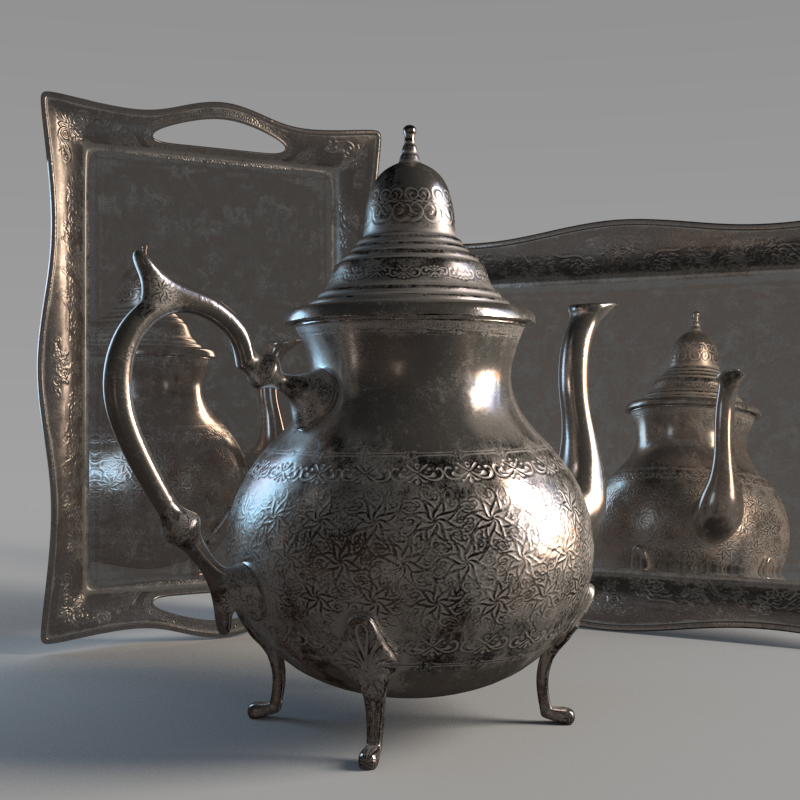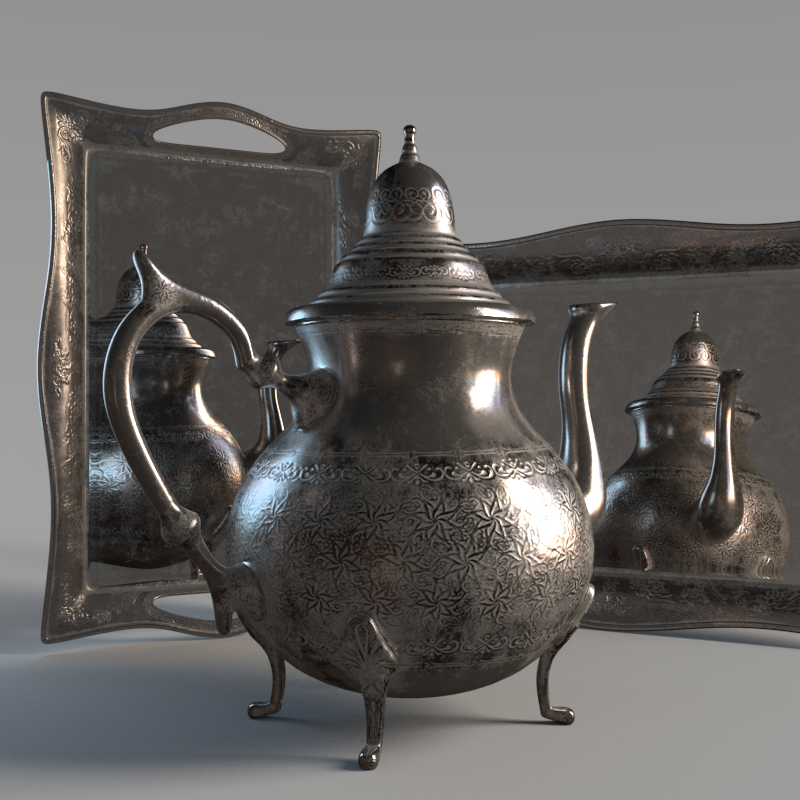Page History
This page provides a tutorial for rendering, using the Environment Priority settings.
Overview
...
In this tutorial, we will examine ways to efficiently render a scene with several objects whose environment maps have different environment priorities.
...
Second, we will assign environment maps to the objects to demonstrate how their reflections change, compared to the first render when they reflect the global environment map. Then, we will analyse analyze how the objects appear in the rendered image based on the environment priority they are assigned. We want to efficiently render several views of the scene, using the Environment Override and Environment Priority.
The Environment Priority is just the precedent of one override over another when one overridden material is reflected in another overridden material, then in another and so on. The priority number starts from 0 for the lowest priority and increases, where >1 stands for higher priority. For further information on the concept of environment priority, see the Environment Priority page.
Want to follow along but don’t have a license?
| UI Button | ||||||||||
|---|---|---|---|---|---|---|---|---|---|---|
|
Step 1: Set the Global Environment Map
...
| Section | ||||||||||||||||
|---|---|---|---|---|---|---|---|---|---|---|---|---|---|---|---|---|
|
...
| Section | ||||||||||||||||
|---|---|---|---|---|---|---|---|---|---|---|---|---|---|---|---|---|
|
Step 2: Set the Objects Environment Maps
...
| Section | |||||||||||||||||
|---|---|---|---|---|---|---|---|---|---|---|---|---|---|---|---|---|---|
|
...
...
| Section | ||||||||||||||||
|---|---|---|---|---|---|---|---|---|---|---|---|---|---|---|---|---|
|
|
...
| Section | |||||||||||||||||
|---|---|---|---|---|---|---|---|---|---|---|---|---|---|---|---|---|---|
|
...
| Section | |||||||||||||||||
|---|---|---|---|---|---|---|---|---|---|---|---|---|---|---|---|---|---|
|
Step 3: Setting Environment Priority
| Section | |||||||||||||||||||||
|---|---|---|---|---|---|---|---|---|---|---|---|---|---|---|---|---|---|---|---|---|---|
|
...
Result Render
The renders below show changes in the reflection of the teapot and the trays, depending on the environment priority value we set. The texture map with the highest priority (2) overrides the global Environment map (which is a Gradient map in this case) as well as the Environment maps of the objects with lower environment priorities 1 and 0. This can be seen in the reflections of the objects with lower environment priorities.
| Section | ||||||||||||||||||||||||||||||||||||
|---|---|---|---|---|---|---|---|---|---|---|---|---|---|---|---|---|---|---|---|---|---|---|---|---|---|---|---|---|---|---|---|---|---|---|---|---|
|










